Hi there,
When I sat down to write this month’s blog, I was wondering what I should I talk about this month. Normally I focus on awareness days in the UK , however there are no awareness days in the ‘Mental Health’ calendar in August.
Most of you may probably know, that a large part of my role with Achieve together is to facilitate mental health related training subjects to the wonderful teams across Achieve together.
One of the subjects I teach is Self Harm, and one of the difficulties I’ve had delivering this subject is that many people are confused about the differences between what ‘Self Harm’ is, and what is ‘Self Injurious Behaviour’?
With the collaboration of other members of the Health and Wellbeing Team, we came up with a bit of a definition on Self Harm and Self Injurious Behaviours.
What’s the difference between Self Harm and Self Injurious Behaviours?
Self-Injurious behaviour (SIB) is sometimes displayed by individuals with autism and learning disabilities and involves the occurrence of behaviours that result in physical injury. Common forms of self-injurious behaviour include head-hitting, head-banging and hand-biting.
Why do people with learning disabilities self-injure?
Children or adults with severe learning disabilities and autism who self-injure, have often learnt that their self-injury communicates things to others, for example they are not happy, they are in pain/discomfort/distress, they are bored, or they cannot communicate their needs or wants successfully. Self-injurious behaviour can be used as a form of sensory stimulation, even though the person may experience pain as a result.
If you would like to learn more about SIB you can read more here.
Self Harm is when somebody damages or injures their body, and it is usually a way of coping with, or expressing overwhelming emotional distress. When we experience adversity, we put coping strategies in place to help us manage these emotions we are feeling. It can be hard to understand why people might hurt themselves in order to feel better, or feel a release. Self-harm can be seen as a spectrum – on one end we have the more socially acceptable forms of self-harm like smoking or comfort eating. The other end of the spectrum we have more methods associated with cutting ones self, inserting objects into the body, swallowing harmful items (glass, batteries), ligatures and overdosing. If you would like to learn more about Self Harm, you can read more here.
Please note: Similar to suicide, there have been some changes in terminology, so we try not to use the word ‘commit’ anymore as it has negative connotations and dates back pre 1961 when it was illegal to take your own life, and it is very stigmatising. For Self Harm, people who use services no longer like us to use the words ‘deliberate’ or ‘intentional’ – as the reasons why may not always be deliberate or intentional – for example some people may Self Harm when they are in dissociative states.
If you want to share your stories of your own particular experience of mental health and what has helped you, or if you would like to contribute to the blog, you can reply directly or e-mail me at: shirley.allmark@achievetogether.co.uk
It would be great to hear from you.
Take Care,
Shirl
About Shirley:

I have been a mental health nurse for 28 years. I work in the Health and Wellbeing Team, and my main role is to facilitate mental health and related subjects. I also facilitate epilepsy and emergency rescue medication training. I provide support and consultations to managers and teams supporting individuals with complex needs and mental health difficulties. This blog is written to encourage people to start talking about mental health, in order to raise awareness and reduce stigma.

